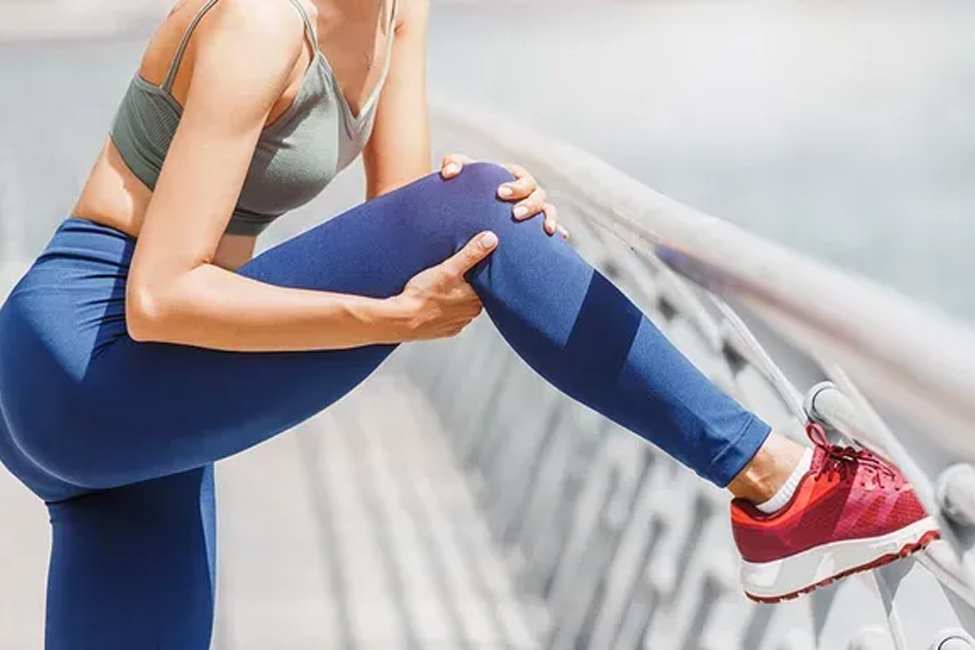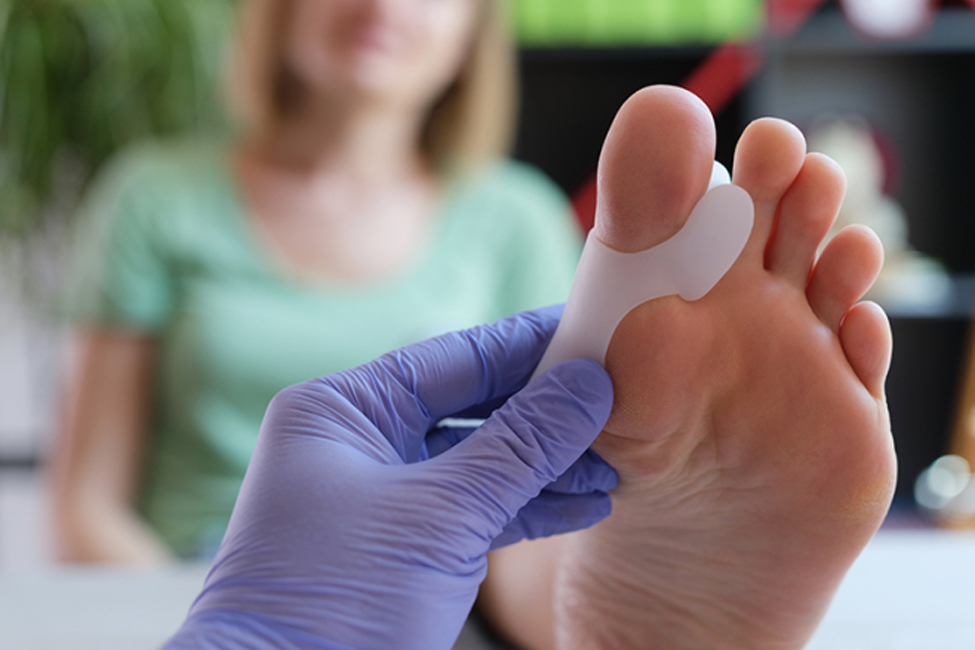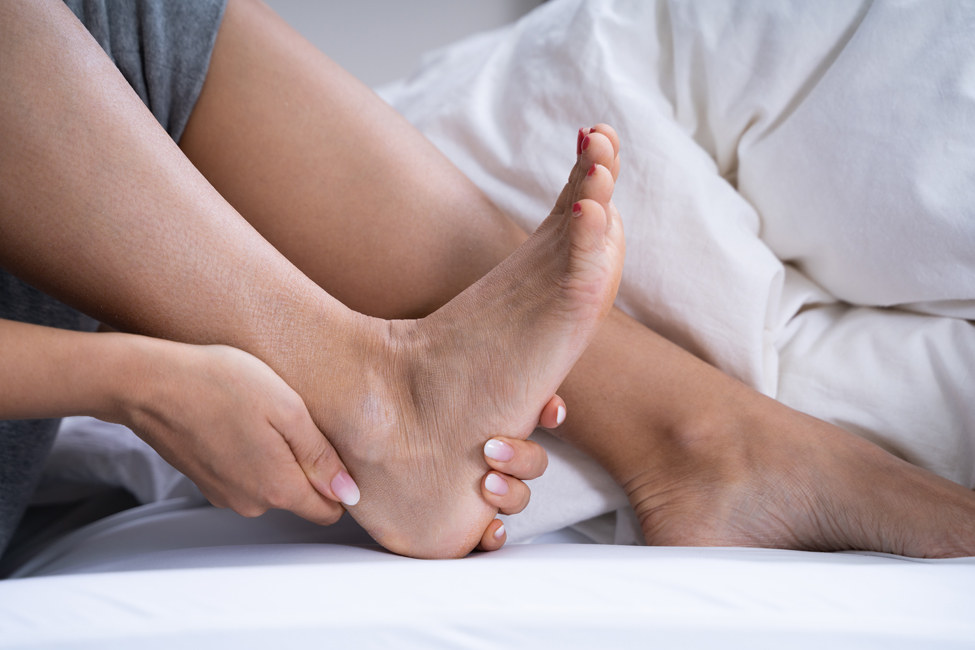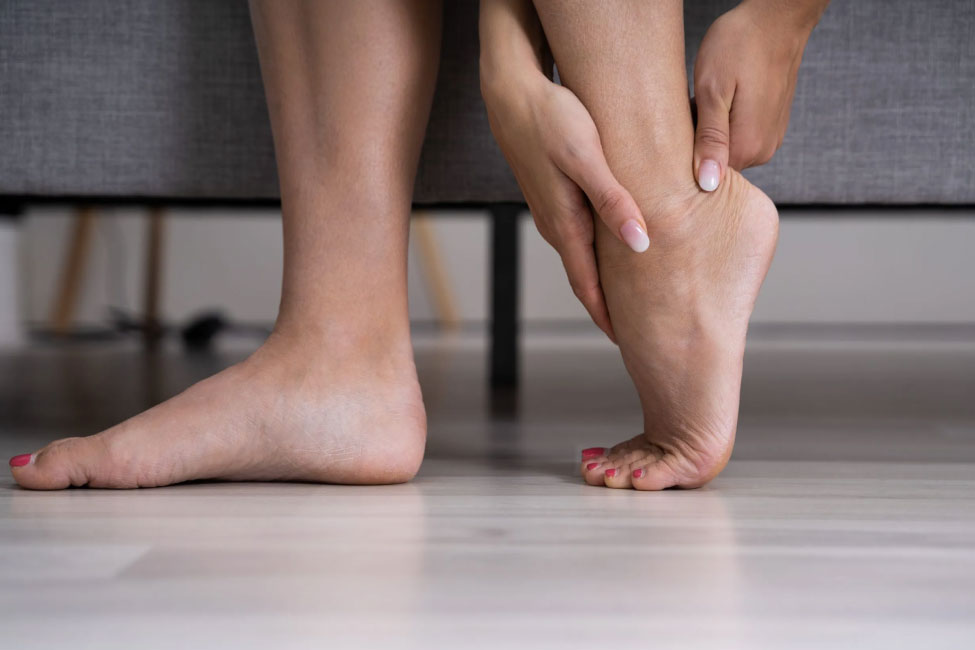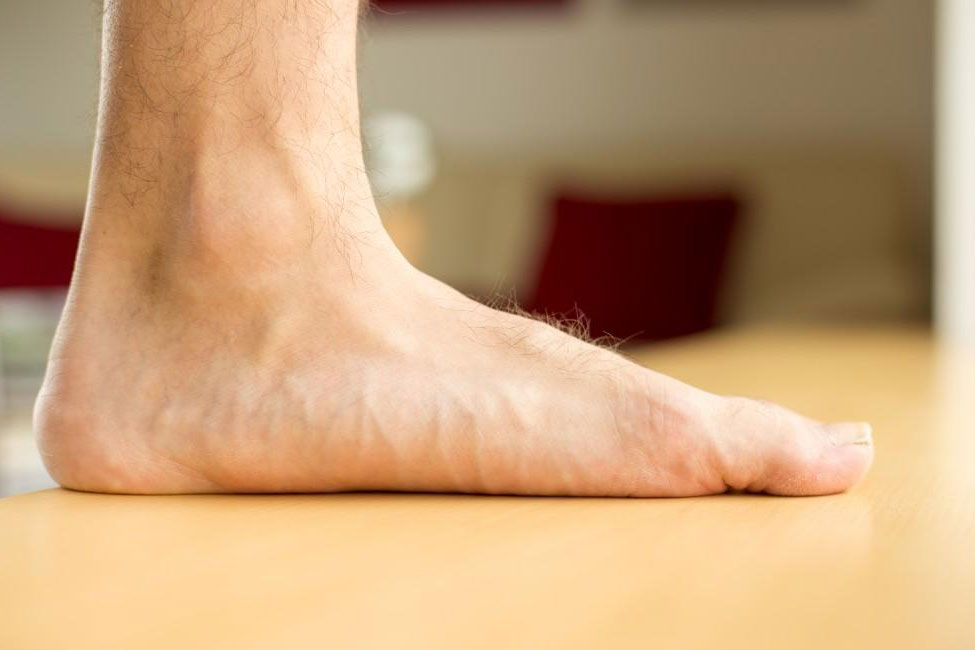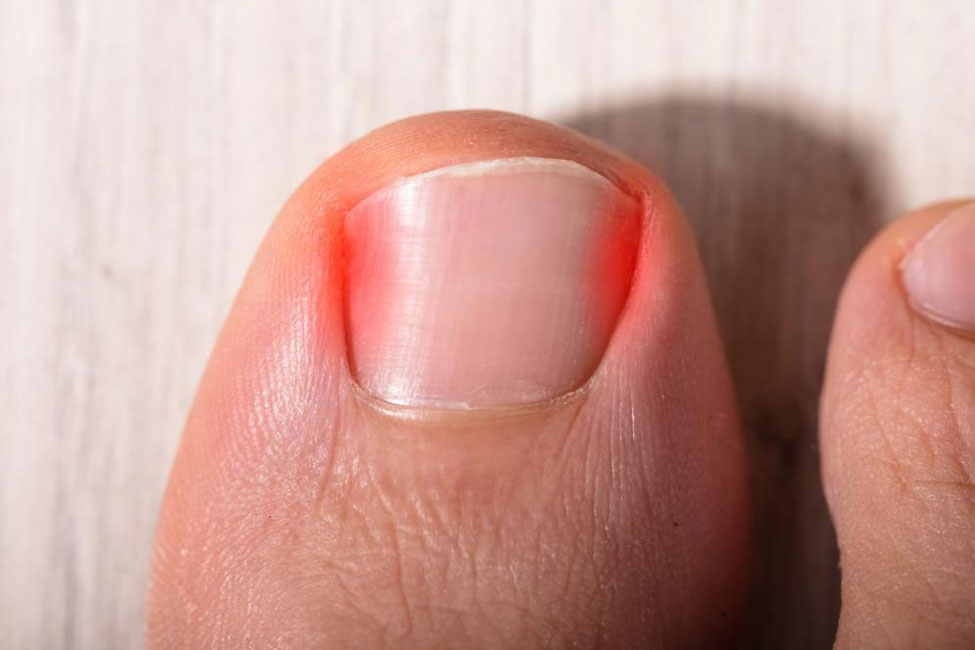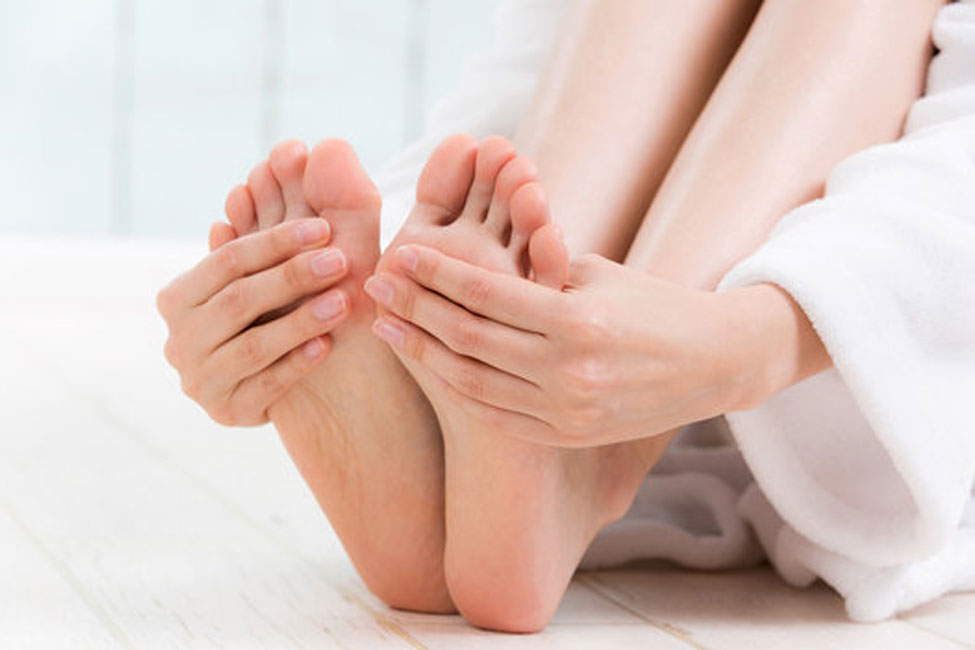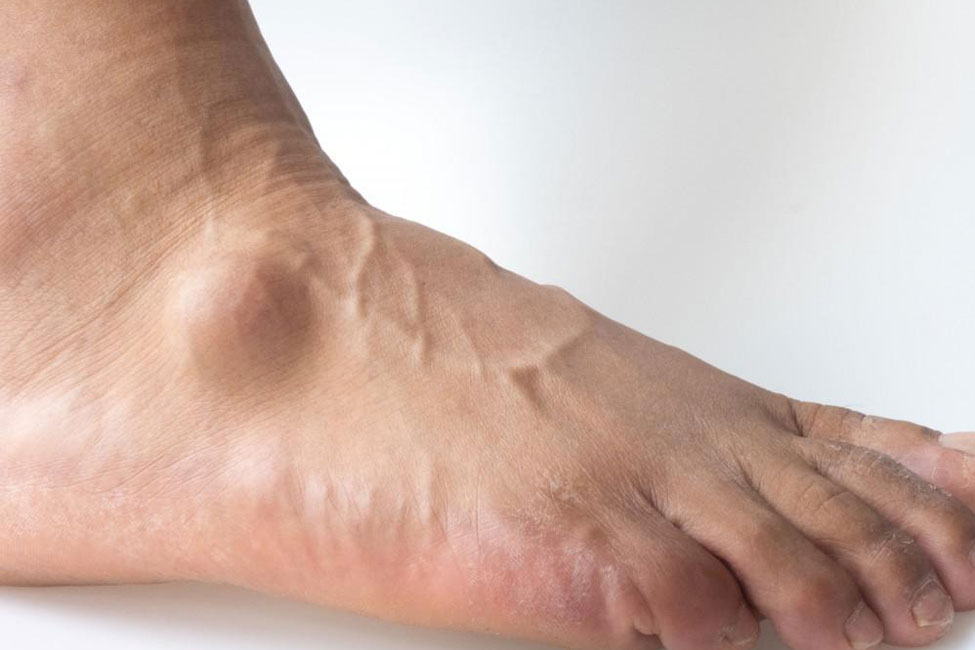Ligament Injury: Causes, Symptoms, Treatment, and Prevention
What is Ligament Injury?
A ligament injury is when one of the tough, stretchy bands in your body that connects bones gets damaged. These bands, called ligaments, are like the body’s natural rubber bands, and they help keep your joints stable and working properly. A ligament injury is when you hurt one of your body’s natural rubber bands that hold your bones together.
Types of Ligament Injuries
There are several types of ligament injuries, each with varying severity. Here are some common types of ligament injuries:
- Sprains: A sprain occurs when a ligament is stretched or slightly torn. There are three grades of sprains:
- Grade 1: Mild sprain with minimal stretching or tearing.
- Grade 2: Moderate sprain with partial tearing of the ligament.
- Grade 3: Severe sprain involving a complete tear of the ligament.
- Tears: Ligament tears are more severe injuries where the ligament is completely torn. These can be partial or complete tears.
- ACL (Anterior Cruciate Ligament) Injury: The ACL is a crucial ligament in the knee. Injuries to the ACL are common in sports and can be partial tears or complete ruptures.
- MCL (Medial Collateral Ligament) Injury: The MCL is a ligament in the knee that connects the thigh to the shin bone. Injuries often result from a direct blow to the outside of the knee.
- PCL (Posterior Cruciate Ligament) Injury: The PCL is another ligament in the knee, and injuries often occur due to strong impact or trauma.
- Ankle Ligament Injury: This type of injury involves the ligaments in the ankle, typically resulting from rolling or twisting the ankle.
- Wrist Ligament Injury: Ligaments in the wrist can be injured during a fall or impact, leading to sprained wrists.
- Elbow Ligament Injury: This is commonly seen in athletes, particularly in baseball pitchers, where the ulnar collateral ligament (UCL) can be strained or torn.
- Shoulder Ligament Injury: The shoulder has several ligaments that can be injured, especially during activities that involve overhead motion or sudden impacts.
- Finger and Thumb Ligament Injury: These injuries can result from hyperextension or forceful bending of the fingers or thumb.
How Common are Ligament Injuries?
Ligament injuries are relatively common and can occur in various situations. Their frequency can vary depending on the specific type of ligament injury and the activities or sports involved. Here’s an overview of the commonality of ligament injuries:
- Ankle Ligament Injuries: Ankle sprains are among the most common ligament injuries often encountered daily. They can occur during sports, exercise, or even a simple misstep. An estimated 25,000 ankle sprains occur in the United States each day.
- Knee Ligament Injuries: Injuries to the ACL, MCL, and PCL are frequently seen in sports like football, soccer, and basketball. ACL injuries, in particular, are relatively common among athletes and can affect both professional and amateur players.
- Wrist and Hand Ligament Injuries: Ligament injuries in the wrist, hand, and fingers can result from various activities, including accidents, falls, and overuse. They are not uncommon but may not receive as much attention as knee or ankle injuries.
- Elbow Ligament Injuries: Elbow injuries, particularly UCL injuries, are common among baseball pitchers and other throwing athletes. Overuse and repetitive motions can contribute to these injuries.
- Shoulder Ligament Injuries: Ligament injuries in the shoulder are often seen in athletes involved in sports with overhead movements, like baseball, swimming, and tennis. They can also occur due to trauma, such as falls.
- Other Ligament Injuries: Ligament injuries in other joints and body parts can vary in frequency, depending on the specific activity and circumstances.
Causes of a Ligament Injury
Ligament injuries can result from various causes, and they often occur suddenly due to excessive force or stress applied to a joint. Here are some common causes of ligament injuries:
- Sports and Physical Activity: Participating in sports or physical activities, especially those involving sudden changes in direction, jumping, or impact, can lead to ligament injuries. For example, twisting your knee during a soccer game or landing awkwardly from a jump in basketball can cause ligament damage.
- Trauma or Accidents: Falls, car accidents, or other forms of physical trauma can cause ligament injuries. Direct blows to joints or awkward landings can stretch or tear ligaments.
- Overuse or Repetitive Motion: Repeated stress on a joint from activities like running, jumping, or weightlifting can lead to overuse injuries. This is common in athletes who perform the same motion repeatedly, such as baseball pitchers with UCL injuries.
- Improper Technique: Using improper technique while lifting weights or performing exercises can strain ligaments. This is often seen in the gym when individuals need to use the correct form.
- Age-Related Changes: Ligaments can weaken and become less elastic with age, making them more susceptible to injury. Older adults may experience ligament injuries during routine activities.
- Genetics and Joint Hypermobility: Some people are born with joints that are more flexible, making them prone to ligament injuries. This can be due to genetic factors and may lead to a condition known as joint hypermobility syndrome.
- Environmental Factors: Slippery or uneven surfaces can increase the risk of ligament injuries. Environmental factors like playing on a wet field can contribute to accidents and injuries.
- Inadequate Warm-up or Conditioning: Warm-up properly before physical activity, or insufficient muscle strength and joint stability can increase the risk of ligament injuries.
- Wear and Tear: The ligaments can wear and tear over time, especially in weight-bearing joints like the knees. This can lead to degeneration and increased susceptibility to injury.
- Inadequate Protective Gear: In contact sports or activities with a risk of collision, not wearing appropriate protective gear, such as helmets or knee pads, can leave individuals vulnerable to ligament injuries.
Symptoms of Ligament Injuries
- Pain: Pain is a hallmark symptom of a ligament injury. The intensity of pain can vary depending on the severity of the injury.
- Swelling: Swelling around the injured joint is a common sign. This occurs as the body’s natural response to inflammation.
- Bruising: You may sometimes notice bruising around the injured area, especially when blood vessels are damaged.
- Limited Range of Motion: Ligament injuries can restrict the normal range of motion in the affected joint. You may find it challenging to move the joint as freely as before the injury.
- Instability: A feeling of joint instability or “giving way” is common with ligament injuries, particularly in weight-bearing joints like the knee or ankle.
- Popping or Snapping Sensation: Some people report hearing or feeling a pop or snap at the time of injury, which can indicate ligament damage.
Diagnosis of Ligament Injuries
- Physical Examination: An orthopaedic specialist will assess the affected joint, looking for signs of swelling, tenderness, and instability and assessing your range of motion. They may also ask about the circumstances of the injury.
- Medical History: A detailed medical history is essential for understanding the context of the injury, including when and how it occurred, any previous injuries, and your symptoms.
- Imaging Studies: To confirm the diagnosis and assess the extent of the injury, imaging studies may be used, including:
- X-rays: X-rays can help rule out bone fractures and may be used with other imaging techniques.
- MRI (Magnetic Resonance Imaging): MRI is highly effective for visualising soft tissues like ligaments. It can provide detailed information about ligament integrity and any associated damage.
- Ultrasound: Ultrasound can also evaluate ligament injuries, especially in real-time examinations.
- Special Tests: In some cases, orthopaedic specialists may perform specialised tests to evaluate the joint’s stability, such as the Lachman test for the ACL or the Valgus Stress Test for the MCL.
- Arthroscopy: In some cases, particularly when surgical treatment is being considered, arthroscopy, a minimally invasive procedure, may be performed to visually assess the ligaments within the joint directly.
Complications of Ligament Injuries
- Chronic Pain: In some cases, ligament injuries can lead to long-term or chronic pain, especially if the injury does not heal properly or has additional complications.
- Joint Instability: Ligament injuries can result in joint instability, making the affected joint more prone to further injuries or dislocations.
- Arthritis: Severe ligament injuries, especially in the knee, can increase the risk of post-traumatic arthritis. Over time, the joint may become painful and less functional.
- Reduced Range of Motion: Inadequate healing of ligament injuries can lead to a limited range of motion in the affected joint, affecting daily activities.
- Muscle Atrophy: Prolonged inactivity or bracing to protect the injured ligament can lead to muscle weakness and atrophy around the joint.
- Secondary Injuries: Compensation for a weakened or injured joint may lead to secondary injuries in other body parts, such as overuse injuries in neighbouring joints.
- Psychological Impact: Ligament injuries can have psychological consequences, including anxiety or depression, particularly in athletes or individuals whose activities are restricted due to the injury.
- Recurrence: A previous ligament injury can increase the risk of a subsequent injury, especially if rehabilitation and prevention measures are not followed.
Treatment Options
The treatment for ligament injuries varies depending on the type and severity of the injury. Here are common treatment options for ligament injuries:
Rest
Rest is crucial to allow the injured ligament to heal. You may need to limit or avoid activities that stress the affected joint to prevent further damage.
Ice
Applying ice to the injured area can help reduce swelling and provide pain relief. It’s typically done in 15-20 minute intervals several times daily.
Compression
Compression bandages or braces can help stabilise the joint and reduce swelling. However, it is important to use them as a healthcare professional to avoid excessive pressure on the injury.
Elevation
Elevating the injured limb can also help reduce swelling. Keeping the affected area elevated, especially when resting, can improve blood flow and reduce fluid buildup.
Physical Therapy
Physical therapy is often recommended to strengthen the muscles around the injured joint, improve range of motion, and restore joint stability. Therapists can also guide you through exercises to aid in recovery.
Medications
Over-the-counter pain relievers (e.g., ibuprofen) can help manage pain and inflammation. However, using these under medical guidance is essential, especially if the injury is severe.
Casting or Bracing
A cast or brace may sometimes be required to immobilise the joint and allow the ligament to heal properly. These are typically used for more severe injuries.
Injections
Steroid injections may be considered for specific ligament injuries, such as those in the wrist or elbow, to reduce inflammation and pain.
Surgery
Severe ligament injuries, such as complete tears, may require surgical repair. This is often the case with ACL tears, certain ankle ligament injuries, and other significant damage. Surgical procedures can involve ligament reconstruction or repair.
Regenerative Medicine
Some newer treatments, like platelet-rich plasma (PRP) and stem cell therapy, are being explored for ligament injuries. These therapies stimulate natural healing processes and can be combined with other treatments.
Bracing and Supportive Devices
Custom orthotics, knee braces, or ankle supports can provide added stability to the joint, reducing the risk of re-injury.
Activity Modification
Adjusting your activities to minimise stress on the injured ligament is essential for proper healing. You may need to avoid certain movements or sports temporarily.
Home Exercise Programs
Orthopaedic specialists often recommend exercises and stretches to be performed at home to aid in recovery and maintain joint function.
Preventing Ligament Injury
Preventing ligament injuries is important for maintaining joint health and overall well-being. Here are some strategies to help reduce the risk of ligament injuries:
- Engage in full-body strength training.
- Stretch regularly to maintain joint flexibility.
- Use correct form during sports and exercise.
- Wear suitable footwear for your activities.
- Allow ample time for rest and recovery between workouts.
- Avoid sudden increases in workout intensity or duration.
- Improve balance and coordination through exercises.
- Maintain a nutritious diet, including vital nutrients.
- Stay well-hydrated for joint health.
- Consider injury prevention programs.
- Wear protective gear in contact sports.
- Be cautious in challenging environments.
- Listen to your body during activities.
- Prioritise post-injury rehabilitation.
- Seek guidance from sports medicine or a physical therapist for high-risk activities.
Living with Ligament Injury
Living with a ligament injury can be challenging, but with the right care and adjustments, you can manage your condition and maintain a good quality of life. Here are some tips for living with a ligament injury:
- Stick to the treatment plan advised by your provider, which may include rest, therapy, bracing, or surgery for a successful recovery.
- Use prescribed meds or OTC pain relievers as directed. Ice and elevation can also help alleviate pain and swelling.
- Consider physical therapy for improved stability, strength, and flexibility in your injured joint.
- Use braces, supports, or crutches to safeguard your ligament and avoid overburdening the joint.
- Find the right balance between rest and gentle physical activity to prevent muscle loss and maintain joint function.
- A balanced diet with calcium, vitamin D, and omega-3 can aid joint and ligament health.
- Proper water intake is vital for joint flexibility and combating stiffness.
- Steer clear of activities that can worsen your injury. Seek professional advice before returning to sports or exercise.
- Pay heed to pain, swelling, or symptom changes. Promptly consult your orthopaedic specialist for concerning issues.
- Take precautions to avoid further damage, including protective gear and smart choices.
- Seek guidance from sports medicine or orthopaedic specialists for customised advice on ligament injuries.
- Learn about your condition and healing options to make informed decisions.
- Recognise that recovery takes time. Be patient with the process and make necessary lifestyle adjustments.
Neglecting the health of your ligaments can have significant consequences, impacting your overall quality of life and physical well-being. It’s crucial to recognise the importance of seeking professional advice from a specialist in orthopaedic and sports medicine. Early intervention is key to preventing further damage and ensuring a smoother road to recovery.
We strongly urge you to prioritise your ligament health on time. Your ligaments play a vital role in supporting your joints and mobility. To take proactive steps towards healing and preventing complications, we invite you to request an appointment with The Orthopaedic Practice and Surgery Clinic. Our team of experts is dedicated to providing you with the utmost care and guidance, ensuring you can maintain strong, stable ligaments and enjoy a more active, pain-free life.


